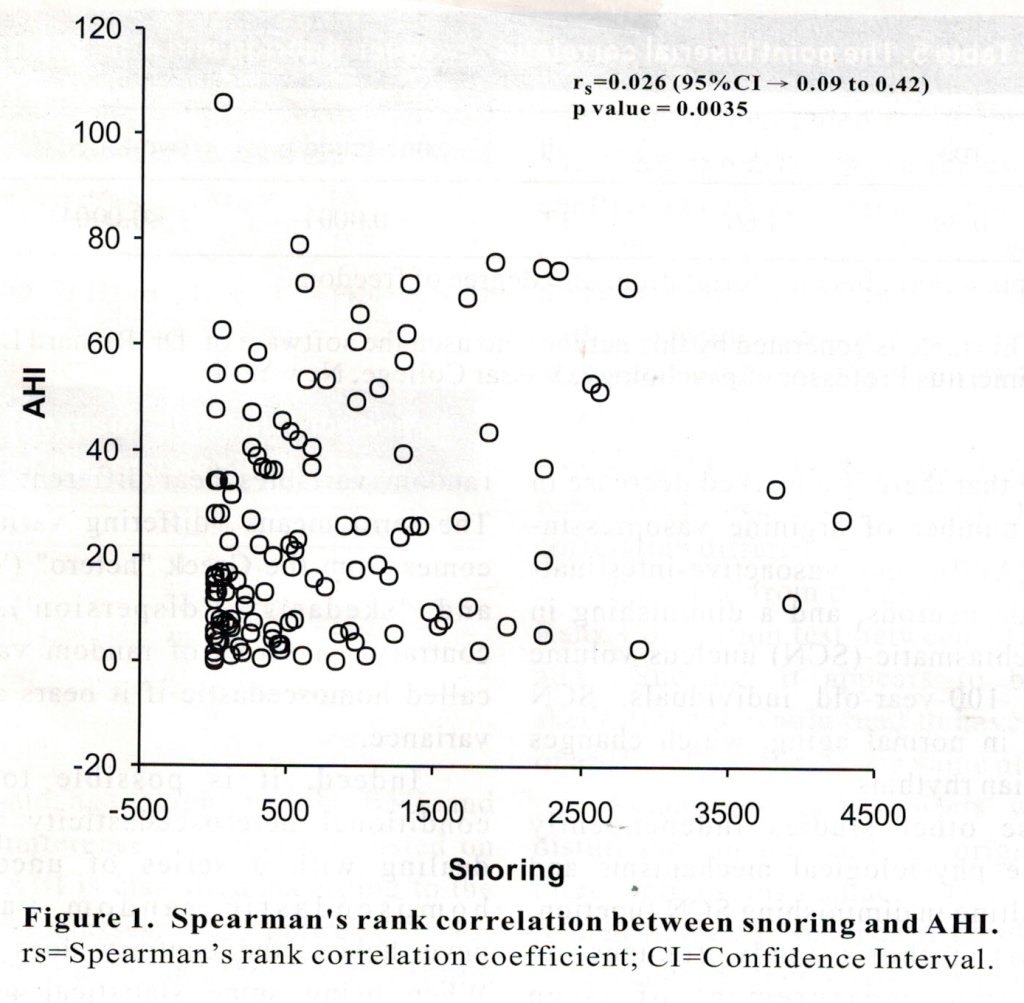
朋友未必可以時時見面,但友情卻是一份彼此可以感覺存在的溫暖。想到前總統陳水扁居家療養,身為一個病人,他需要至少每6個月來重複做他的睡眠醫學評估和測試。之前馬政府在廣大民意催逼下,允准前總統陳水扁保外居家就醫、回家享受天倫樂已多個月。那為何前總統需要至少每6個月來重複做他的測試?到底什麼是PSG(多項目睡眠障礙的診斷測試圖譜)和AHI(呼吸停止和呼吸中止指數)?
基本上這種測試包括多個項目。所有的不正常的測試值(AHI值)一般分類為第一、二、三度睡眠呼吸暫停的三種不同嚴重程度。睡眠障礙的診斷需要在醫學中心的睡眠醫學實驗室進行。在實驗室、夜間睡覺時間裡,做多項目的睡眠測試,在神經理學上的考驗是需要做PSG和AHI,但這在醫學文獻上是不是已經有支持?到底有什麼根據?
就像上述的:參加者須在醫學中心的實驗室,選擇夜間睡眠的時候來進行。PSG不僅測量他們的AHI值,還要評估睡眠效率和打鼾頻率等。因為阻塞性睡眠呼吸暫停/呼吸不足的定義,是AHI超過每小時15。一個計算機化PSG系統(愛麗絲睡眠診斷系統)被用於這項研究。要注意的是,沒有任何第二次的PSG研究應該在同一個單夜的第一次的PSG後進行。
2007年,筆者在日本的世界性睡眠醫學雜誌(這期刊已經有它的國際科學文獻指引值SCI)發表一篇論文報告。其中男性受試者平均年齡為71.6+-4.5歲,而女性為72.3+-5.5歲。所有124受試者各有其不同的睡眠障礙的主訴。女性與男性受試者的比例為1:1.7(受試者的總數為124)。讀者發現日本和台灣BMI很相近。對照組有1,014個人的年齡、血壓二項完全記錄(全部測試是65歲及以上)。
此外,對照組來自15,798人曾參加台灣當時的營養與健康狀況調查(台灣NSC93WFD2000205)。其中,僅665人的資料是完整的數據,包括血壓、體重、身高和BMI。
台灣NSC有一份《老年營養與台灣健康調查(1999-2000年):研究設計、方法和內容》的報告。這是一份不錯的報告,作者比較了來自台灣全國的調查數。不幸的是,台灣已被排除在聯合國及其有關組織包括WHO(自1971年以來台灣一直沒有被允許加入)之外,因此有關台灣國人健康的調查數據,目前仍無法從WHO文件中找到應用於研究的案例。
台灣健康與營養調查(期間1999-2000年)一直沒有公佈結果;直到2005年才發表結果;一個多月後,有一份台灣睡眠醫學研究結果的報告(涵蓋期間是2002-2003年)被公佈在世界性期刊,那就是筆者在日本發表的論文。此外,2008年,筆者在《南台灣醫學雜誌》也發表一篇論文(第4卷第2期第73~90頁)〈使用生物統計學及生命醫學科學來評估老年人睡眠呼吸中止症之比較性研究〉。
多項目睡眠障礙的診斷測試圖譜 和AHI篇目舉例 2003~2015
[1] Tang B. How to overcome the bioethical problems of aging process. The International Conference on Genetics and Ethnic Identity and An integrative Human Idea Map and the methodology of Cross-cultural and Multidisciplinary Bioethics Eighth International Tsukuba Bioethics Roundtable Conference, Feb. 15 2003 to 17, 2003, University of Tsukuba, Tsukuba Science City, Japan.
[2] Tang B, Hsiao T. A bioethical control on food marketing --- Alarming the consumers with Computerized Automatic Synchronous System. The International Conference on Genetics and Ethnic Identity and An integrative Human Idea Map and the methodology of Cross-cultural and Multidisciplinary Bioethics Eighth International Tsukuba Bioethics Roundtable Conference, Feb. 15-17, 2003, University of Tsukuba, Tsukuba Science City, Japan
[3] Tang B. Eubios’ Asian and International Bioethics Journal, The space has been ill. EJAIB 2008; 18: 179.
[4] Tang B. Living on a biological clock: age-related functional changes of sleep homeostat in 65 to 88.5 year old people. Sleep and Biological Rhythms 2007; 5: 180-95.
[5] Tang B. Comments on A Modified Split-Night Protocol in Moderate to Severe Obstructive Sleep Apnea-hypnea syndrome. Internal Medicine 2009; 48(16): 1489-1489. Japan
[6] Tang B. A comparison study on senior sleep apnea with biostatistical and biomedical evaluations. MJST 2008; 4: 73-90. Taiwan
[7] Tang B, Lyn T. The impact of Cultural Change on the Relationship between Senior Sleep Disturbance and Body Mass Index among Older Adults in Two Asian Societies. Chapter VI. In. Soriento Y, editor. Melatonin, Sleep, and Insomnia. Nova Science Publisher Inc: N Y. 2009: 161-90.
[8] Tang B. Obama failed to address poverty in debates.
Willison Times: NY. October 25, 2012.
[9] Tang B. A theoretical protocol of all-night EEG in polysomnography (PSG) as a preparation and precaution for repetitive transcranial magnetic stimulation (rTMS) in the elderly subjects aged 65 years and over. OATEXT.COM, LONDON, U. K.,2015 usAugAhttp://o

